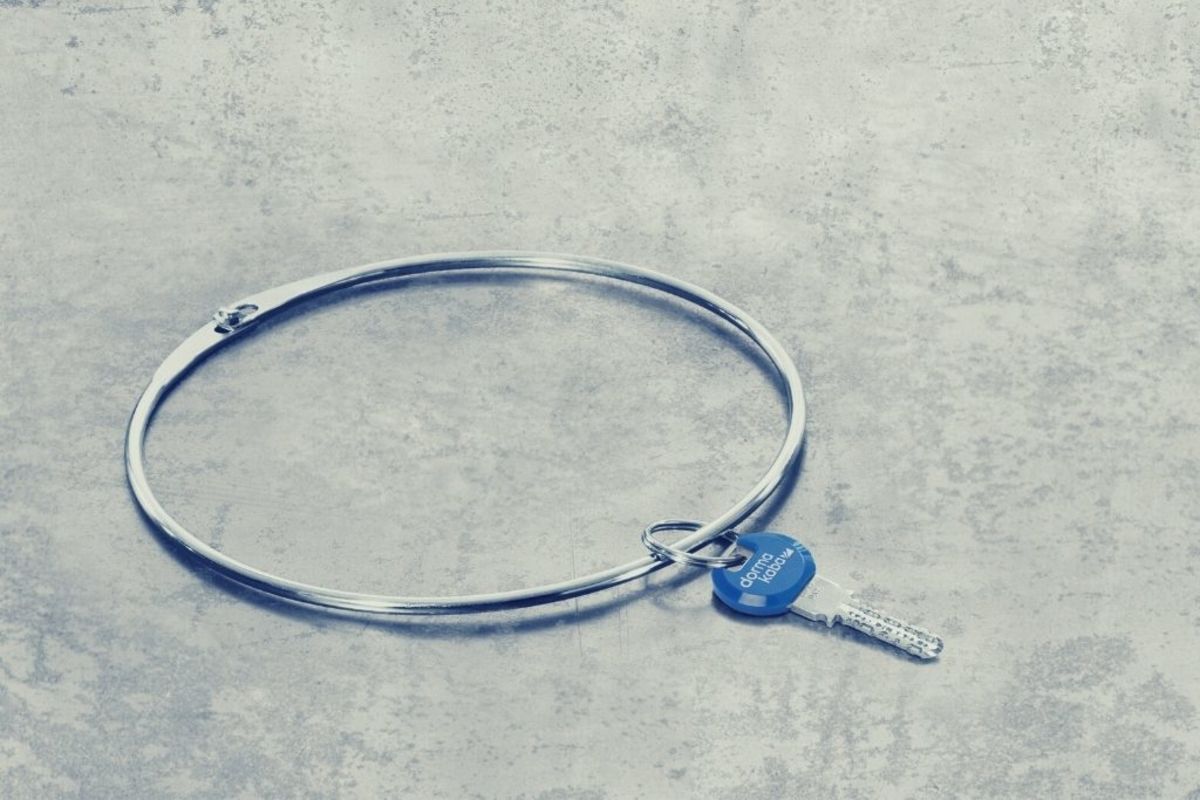
dormakaba Editorial Team

Urs Spaeni
Urs was the VP Strategic Innovation and the expert for Mechanical Key Systems within the Group Innovation Management team at dormakaba until 2021. With his 40 years of experience in the industry and his broad international network, Urs helped us ensure that dormakaba stays among the world leaders in mechanical locking technology.
Related articles

Technology
Will Deepfake Threats Compromise Cybersecurity in 2025?

Security
Cybersecurity in Manufacturing: Why Every Industry Is Now a Target

Security
How Security Professionals Can Stand Out in a Narrower Market
There is a need for four million cybersecurity professionals worldwide according to the latest World Economic Forum white paper on the topic.